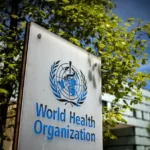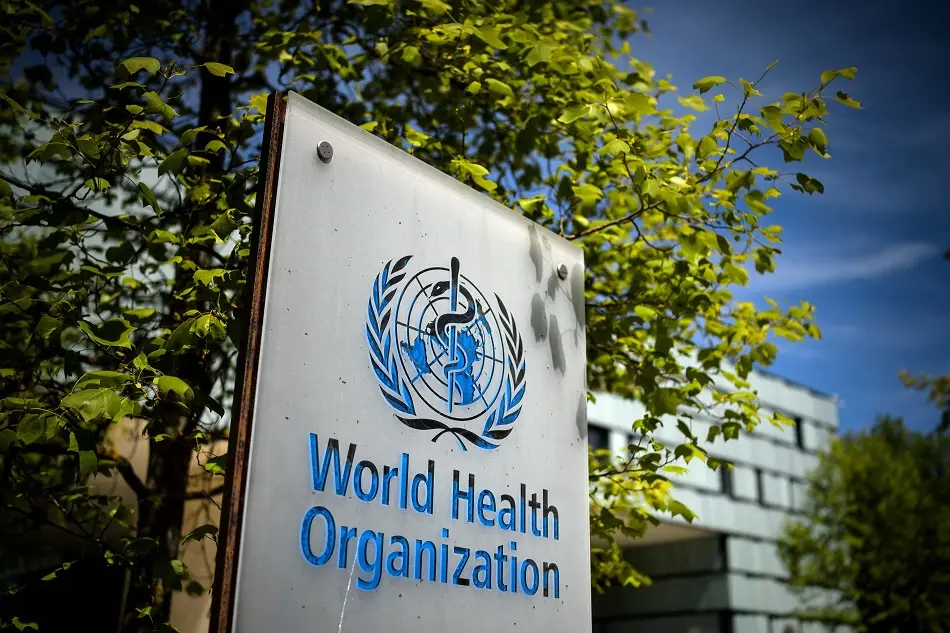ArdorComm News Network
May 4, 2023
The World Health Organisation released its updated COVID-19 strategy on Wednesday in an effort to assist nations in transitioning from emergency mode to a long-term preventive and control strategy.
The publication precedes a meeting of the COVID-19 emergency committee of the WHO, where it will be decided whether the pandemic still requires the highest degree of alert, which was instituted in January 2020 at the beginning of the outbreak. The final decision, which belongs to Tedros Adhanom Ghebreyesus, director general of the WHO, might not be made public until a few days after that meeting.
Since the first cases were reported in late 2019 in the Wuhan region of China, the WHO has released a fourth strategic plan for dealing with COVID-19 for the years 2023–2025.
The aim is “to support countries as they transition from an emergency response to longer-term sustained COVID-19 disease prevention, control, and management,” the head of the WHO stated in the report. The WHO warned last week that although COVID-19 mortality had decreased by 95% since the year’s beginning, the virus was still actively spreading.
According to the World Health Organisation, COVID-19 is a persistent condition, and nations must learn how to handle its ongoing non-emergency impacts, including the Long COVID condition that followed COVID-19. The previous strategy’s two objectives—to stop COVID from spreading and to treat the virus to lessen mortality, morbidity, and long-term effects—will be upheld by the new approach.
The updated strategy, however, includes a third objective: “to support countries as they transition from an emergency response to longer-term sustained COVID-19 disease prevention, control, and management.” According to Tedros, Long COVID appears to be present in 6% of symptomatic cases, and it is strongly addressed in the WHO report.
According to the organization, “This is why we urge countries to maintain sufficient capacity, operational readiness and flexibility to scale up during surges of COVID-19, while maintaining other essential health services and preparing for the emergence of new variants with increased severity or capacity.”
Source: AFP


